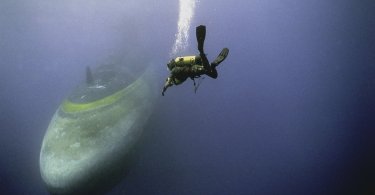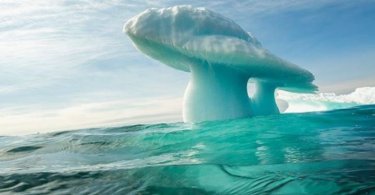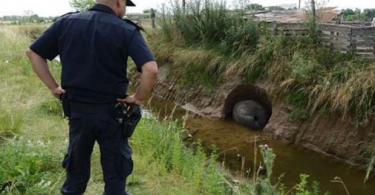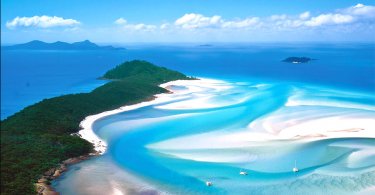Advertisements
About Beach
Lifestyles
A beach is a stretch of land that lies above the water's surface, formed by the accumulation of sand particles along the edge of the water.
The constant movement of sea water hits the shore and grinds the rocks into small particles, which together with sand from the sea, accumulate on the coast due to tidal movements, leading to the formation of beaches and sandy shores.
Sandy beaches are usually formed from quartz sand, which is produced by the weathering of seabed rocks and brought into the ocean by rivers. The waves, under the impact and washing of the waves, further break down the quartz sand into tiny particles, which accumulate on the gentle coast to become sandy beaches.
The composition of the coastal rocks and terrain also determines whether or not a seaside will have a sandy beach. In larger lakes, sandy beaches can also be formed on the shores of the lake.
However, not all beaches have a golden color, which is a result of impurities found in the quartz sand. The sand on the beach is formed from rocks weathered into the soil, and fine soil particles are blown away by the wind. The rest is sand, which is mostly composed of quartz sand.
When planning a beach trip, it is essential to pack some necessary items. A change of clothes that is easy to dry is necessary as playing at the beach can lead to wet clothes.
It is also important to pack long-sleeved clothes for the nighttime sea breeze, a pair of sports or beach shoes, and sandals or slippers that are water-resistant and non-slip. Sunscreen, sunglasses, and parasols are essential for protecting yourself from the strong ultraviolet rays at the beach.
It is also advisable to bring antidiarrheal and allergy medicine when eating seafood.
Most beaches worldwide have loose sand or various small stones, and their color is typically yellow. However, some beaches have unique colors that set them apart from the usual yellow-colored beaches.
Hyams Beach, located in New South Wales, Australia, is famous for its white sand, which is clean and free of impurities. The entire beach is made of crystal-clear white quartz sand. The saline-alkali coast stretches for several kilometers and appears like a white ribbon dotted between the sea and the land.
Punaluu Beach, located in the Hawaiian Islands, is a product of volcanic activity, like many of the island's beaches. The sand on the beach is black, making it distinct from other beaches worldwide.
Pafeifo Beach, also known as the Purple Beach, was recognized by National Geographic in 1968 as "the only purple beach ever found on Earth." The sand on the beach is purple, and it has been the subject of several studies over the years.
Despite the efforts of many people to find another purple beach comparable to Pafeifo, no results have been found, and Pafeifo Beach remains the only purple beach on Earth.
Beaches are a unique natural phenomenon that forms through the accumulation of sand particles along the edge of the water. Although most beaches are yellow, some have unique colors that set them apart from others, like white, black, or even purple sand beaches.
When planning a beach trip, it is essential to pack necessary items like a change of clothes, sports or beach shoes, sunscreen, and medication for seafood-related discomfort.
However, with global climate change and increasing human activity, many beach and coastal ecosystems are facing threats. Factors such as overdevelopment, marine pollution, and climate change have all had an impact on beach ecosystems.
Therefore, it is necessary to protect beach ecosystems and take action to reduce these threats. This includes reducing the use of chemicals and plastic products, maintaining a clean marine environment, and reducing the consumption of natural resources.







